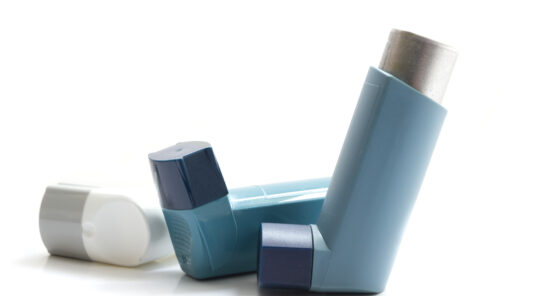Credit: Original article published here.In a recent study, researchers evaluated treatment adherence in patients with asthma or chronic obstructive pulmonary disease (COPD) based on age and either once-daily or twice-daily dosing of medication. They generally sought to determine if prescribing once-daily dosing improved the suboptimal treatment adherence seen in this population. The study’s lead author, Heather De Keyser, MD, MSCS, reported that patients with asthma and COPD with once-daily medications had significantly improve daily treatment adherence compared with patients prescribed twice-daily medications. Researchers also found patients with COPD showed higher adherence than patients with asthma, which they noted may be due to an older cohort age. Findings from the study were presented in The Journal of Allergy and Clinical Immunology: In Practice. Treatment Adherence Improved With Once-Daily Medication The study assessed data from electronic medication monitors on date and time of inhaler actuations over 90 days among patients from the Propeller Health platform. Researchers compared adherence between once- and twice-daily schedules using retrospective regression models adjusted for age. According to the report, patients with once-daily schedules had a median daily adherence of 63.3% (interquartile range [IQR], 31.1-86.7) for asthma and 83.3% (IQR, 57.2-95.6) COPD, which was significantly higher than patients with
Credit: Original article published here.Insomnia has been associated with worse outcomes in patients with chronic obstructive pulmonary disease (CPOD); however, the impact of concurrent insomnia on healthcare utilization and costs related to COPD is unknown, according to a study by Faith S. Luyster and colleagues. After their investigation, the researchers reported insomnia was associated with increased outpatient visits, hospitalizations, fills for corticosteroids and antibiotics, hospitalization lengths, and hospitalization costs within 12 months of insomnia diagnoses in patients with COPD. The data were published in Respiratory Research. Insomnia Worsens 1-Year Utilization and Cost Outcomes The study’s authors enrolled a retrospective cohort of veterans with COPD from the national Veterans Affairs administration database from 2012 to 2017. Insomnia was defined as an insomnia diagnosis or a prescription of over 30 doses of a sedative-hypnotic medication within 1 fiscal year. The primary end points of the study were resource utilization and costs related to outpatient visits and hospitalizations within 1 year of indexing. Patients without insomnia had their COPD-related resource utilization estimated based on prescription fills of corticosteroids and antibiotics, and outpatient visits or hospitalizations with a primary diagnosis of COPD. According to the authors, out of 1,011,646 patients with COPD (96% male; mean



